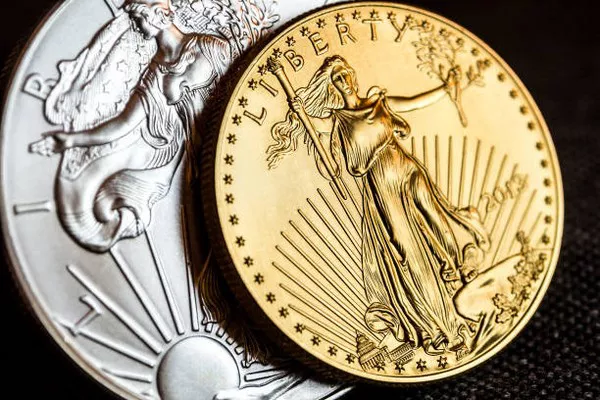Silver coins often command prices that exceed the prevailing spot price of silver, which represents the market value of the metal in its raw form. This phenomenon can be attributed to various factors that contribute to the overall cost of producing, distributing, and selling silver coins beyond their intrinsic metal value. Delving into these factors provides valuable insight into why silver coins are priced above their spot value and how this impacts investors and collectors.
Numismatic Value and Rarity
One of the primary reasons silver coins cost more than spot price is their numismatic value. Numismatics is the study and collection of coins, including their history, rarity, and aesthetic appeal. Many silver coins, especially those minted in limited quantities or featuring unique designs, hold significant numismatic value. This value is determined by factors such as rarity, historical significance, condition, and demand from collectors. Coins with numismatic value can command substantial premiums over their intrinsic metal content, driving their price above the spot price of silver.
Minting Costs and Production Expenses
The process of minting silver coins involves various costs that contribute to their higher price compared to spot. Minting costs encompass design, production, and distribution expenses. Design costs involve creating the coin’s artwork and engraving the dies used to strike the coins. Production costs include the price of silver blanks, labor, machinery maintenance, and quality control measures to ensure the coins meet desired standards. Distribution expenses cover packaging, transportation, and marketing efforts to bring the coins to market. These costs are factored into the retail price of silver coins, contributing to their premium over the spot price.
Dealer and Retailer Markups
Silver coins are typically sold through dealers and retailers who add markups to cover their operating expenses and profit margins. These markups can vary depending on market conditions, coin rarity, and the reputation of the seller. Dealers provide valuable services such as authentication, grading, and market expertise, which justify the premiums they charge over the spot price. Additionally, retail markups account for overhead costs, including rent, staffing, and other operational expenses incurred by brick-and-mortar and online stores.
Seigniorage and Government Charges
Seigniorage refers to the profit earned by governments from minting coins. Governments charge a seigniorage fee to cover the costs associated with coin production and circulation. This fee is added to the cost of minting and contributes to the retail price of silver coins. Seigniorage fees vary by country and are influenced by factors such as coin composition, production volume, and government fiscal policies.
Collector Demand and Market Sentiment
The demand for silver coins among collectors and investors also plays a crucial role in driving prices above spot. Collector demand is driven by factors such as coin rarity, historical significance, and aesthetic appeal. Coins that resonate with collectors due to unique designs, limited mintage, or cultural significance can experience heightened demand and increased market value. Market sentiment, influenced by economic conditions, geopolitical events, and trends in precious metals markets, also impacts the perceived value of silver coins relative to spot price.
Quality, Condition, and Type of Coins
The quality, condition, and type of silver coins significantly influence their market value and pricing. Coins in pristine condition, such as Brilliant Uncirculated (BU) or Proof coins, often command higher prices due to their superior appearance and limited availability. Rare or specialized types of silver coins, such as commemorative issues or coins featuring unique finishes, can also justify premiums over the spot price based on their desirability among collectors and investors.
Secondary Market Dynamics
The secondary market for silver coins, comprising auctions, coin shows, and online platforms, contributes to pricing dynamics above spot. Market conditions and liquidity in the secondary market influence the premiums associated with specific coins. Coins with strong secondary market demand may see higher prices driven by competitive bidding and limited availability, further elevating their value above the spot price of silver.
See Also Silver Ore: From Formation to Future Prospects
Investment Considerations
Despite the premiums associated with silver coins, they can serve as a valuable component of a diversified investment portfolio. Investors often view silver coins as tangible assets that offer protection against inflation and economic uncertainty. The numismatic value of certain coins can provide additional potential for capital appreciation over time, making them an appealing option for long-term investors seeking to hedge against market volatility.
In summary, the higher cost of silver coins compared to spot price reflects a combination of factors including numismatic value, minting costs, dealer markups, seigniorage fees, collector demand, and market sentiment. Understanding these factors is essential for investors and collectors to make informed decisions when purchasing silver coins, considering both their intrinsic metal value and potential for numismatic appreciation in the dynamic world of precious metals markets.


